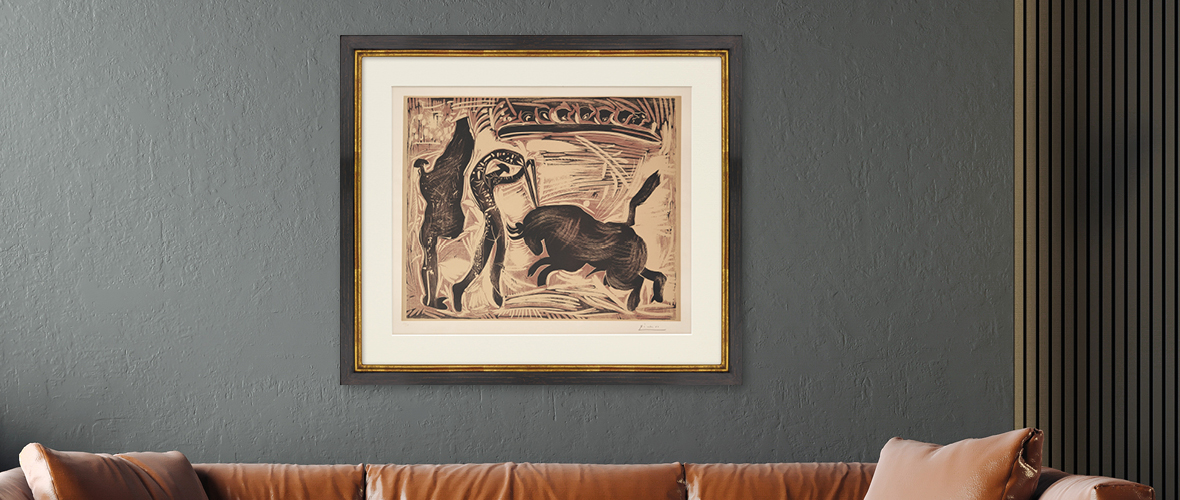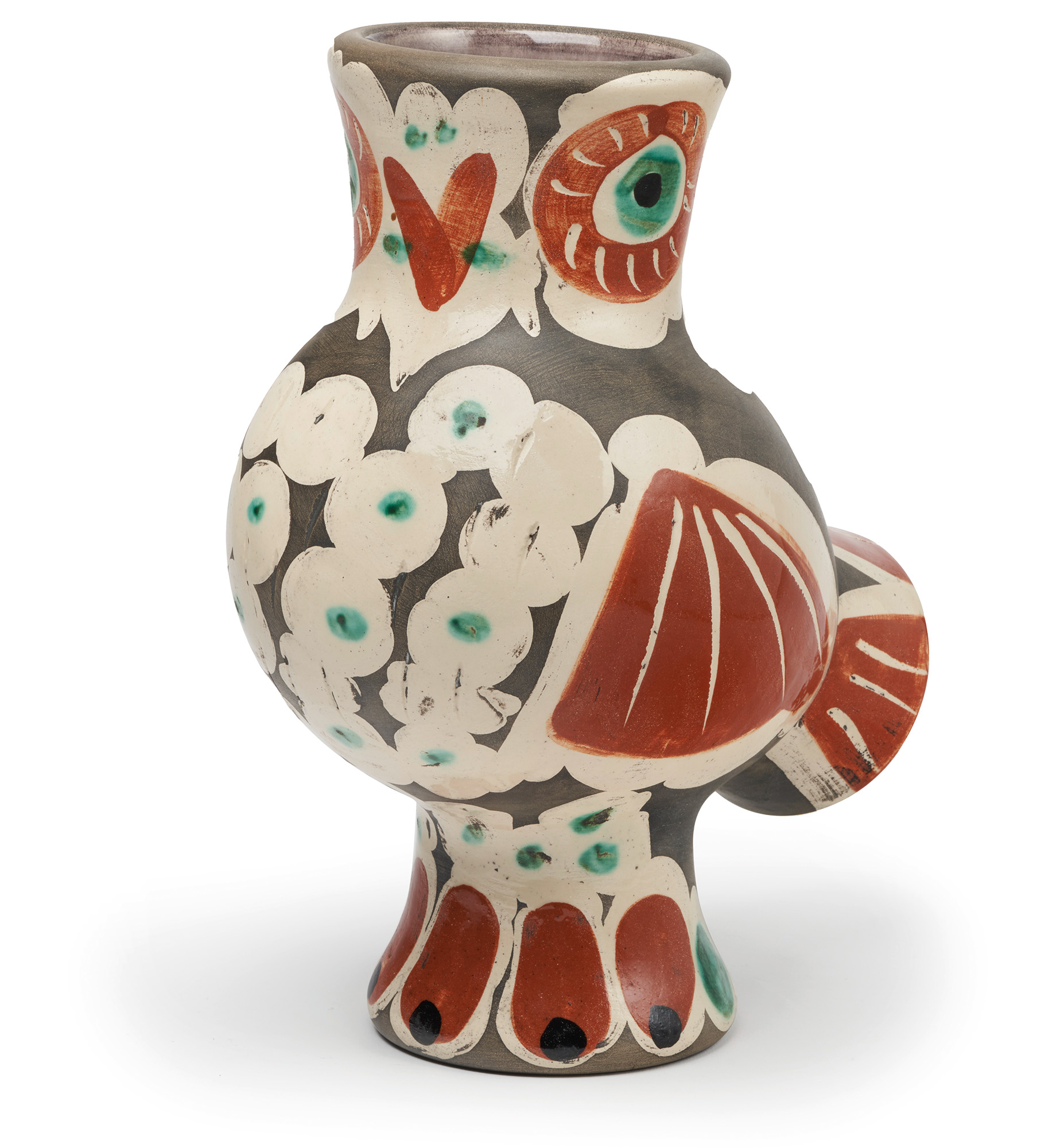
Pablo Picasso and the Animals
Animals may not be among the first motifs that come to mind when thinking of the brilliant painter, graphic artist, and sculptor Pablo Picasso. But in fact, they played an important role in his life - both as lifelong companions and as subjects for his works.
Since his childhood, Picasso had lived with animals - he kept dogs and goats, among others. The artist had a special connection with birds, especially owls and doves. His love for animals was sometimes said to be even greater than his love for humans: "Pablo loved to surround himself with animals. In general, they were exempt from the distrust with which he regarded his human friends," said his partner Françoise Gilot about him.
Picasso's intimate relationship with animals is also reflected in his works of art. In various techniques such as prints, drawings and paintings, as well as sculptures and ceramics, he depicted dogs, penguins, horses, owls, doves, and bulls.
The subject of bullfighting runs through almost the entire oeuvre of Pablo Picasso. It was his father, José Ruiz Blasco, who introduced his son to the world of bullfighting. There is an anecdote that Picasso, as a child, was taken by his father to a hotel in Málaga to meet the Andalusian matador Cara-Ancha. Picasso was so impressed that he could only stare at the torero while he sat on his lap.

As was generally the case in his work, Picasso often chose an abstract and stylised mode of representation for animals. He usually reduced the motifs to just a few typical contours to bring out their individual character. Moreover, Picasso's animals never stood alone but always referred to a further level of meaning.
For example, the bull in Picasso's work symbolised fertility and power, but it could also be interpreted as a commentary on social and political conditions. Pablo Picasso's oeuvre includes some very famous depictions of animals, such as the work "Child with a Dove" from 1901.
It was also a dove that Picasso turned into a worldwide symbol of peace: For many years, he designed the posters for the World Peace Congress. Among these motifs is his most famous version, the "Peace Dove," drawn with only a few lines, holding an olive branch in its beak, from 1961. Pablo Picasso and animals: an intimate love that art history owes some magnificent and significant works to
